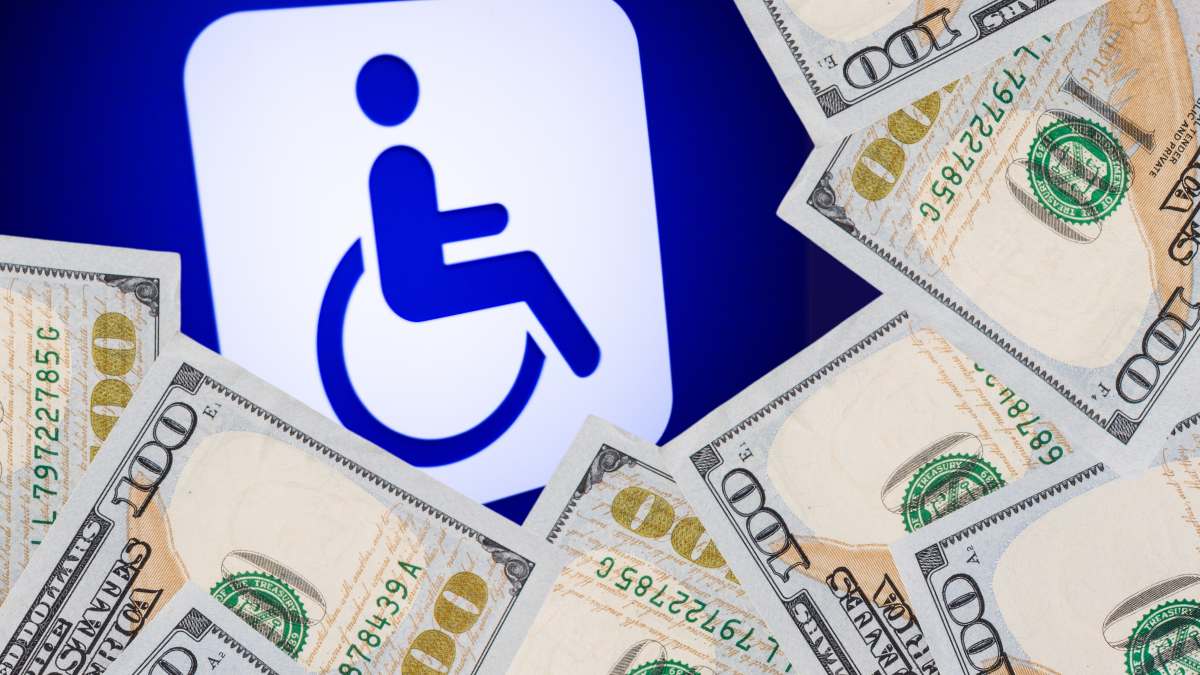The Social Security Disability Insurance, SSDI, is not just a monthly check: it is a backup that you built with your years of work. Imagine it as an emergency fund activated when health forces you to pause everything. Now, for April 2025, the payment dates are already defined, but it is not the same to receive your payments on April 9, 16, or 23, the three dates on which the Social Security Administration (SSA).
It all depends on your day of birth, and if you don’t fit into those dates, your case may be special (like also receiving SSI). The key thing here is to understand two things: how your amount is calculated (spoiler: your work contributions matter more than anything else) and why that money arrives on different days for everyone.
April 2025 SSDI benefit payment dates
As we said, your birthday determines when you receive your disability benefits payment, since the SSA divides SSDI payments into three Wednesdays a month. For April of next year, the calendar looks like this:
- Born between 1 and 10: Wednesday, April 9.
- Born between 11 and 20: Wednesday, April 16.
- Born between 21 and 31: Wednesday, April 23.
But there are exceptions:
- If you receive both SSDI and SSI (or you started charging before May 1997), your cigar arrives on April 3 (Thursday).
- If you only receive SSI, you will collect it on April 1 (Tuesday), without changes because it does not fall on a weekend.
How does the SSA calculate your monthly disability payment?
- AIME (Average Indexed Monthly Income): They take your 35 highest earning years (adjusted for inflation), add them and divide by 420 months (35 years x 12).
- PIA (Primary Insurance Amount): They apply a formula to AIME to determine your base profit. In 2025, the formula is:
- 90% of the first $1,226 of the AIME.
- 32% of whatever is between $1,226 and $7,391.
- 15% of those income that exceeds $7,391.
If you have questions, the SSA has options so you can answer them
The Social Security Administration (SSA) offers two options to learn everything you need to know about your benefits. The first option is to create an account in “my Social Security.” By visiting ssa.gov/myaccount, you can view your payment schedule, history, and other important details. It is a free and secure service that allows you to access your information quickly and easily.
The second option is to call 1-800-772-1213. An SSA agent will be able to help you after confirming your identity. This method is useful if you prefer personalized attention or if you have specific questions about your case. If you don’t have internet or phone access, you can go to a local SSA office. However, this process usually takes longer due to the demand for attention. Therefore, it is advisable to try the online or telephone options first.
Don’t overlook these things if you already receive SSDI
SSDI is not eternal by default: If you recover and are able to return to work, benefits can be adjusted. But there are incentive programs so that the transition is not abrupt. In some states, SSDI is reported as income. Consult an accountant if you have questions. Family members can also receive help: Spouses or children under 18 (or 19 if they are in school) may be entitled to a percentage of your benefit.
If you return to work, improve medically, or have changes in your home (such as a divorce or new dependents), notify the SSA immediately. These factors can affect your benefits. Don’t be afraid to ask: they have hotlines and even advisors to guide you at no cost.




